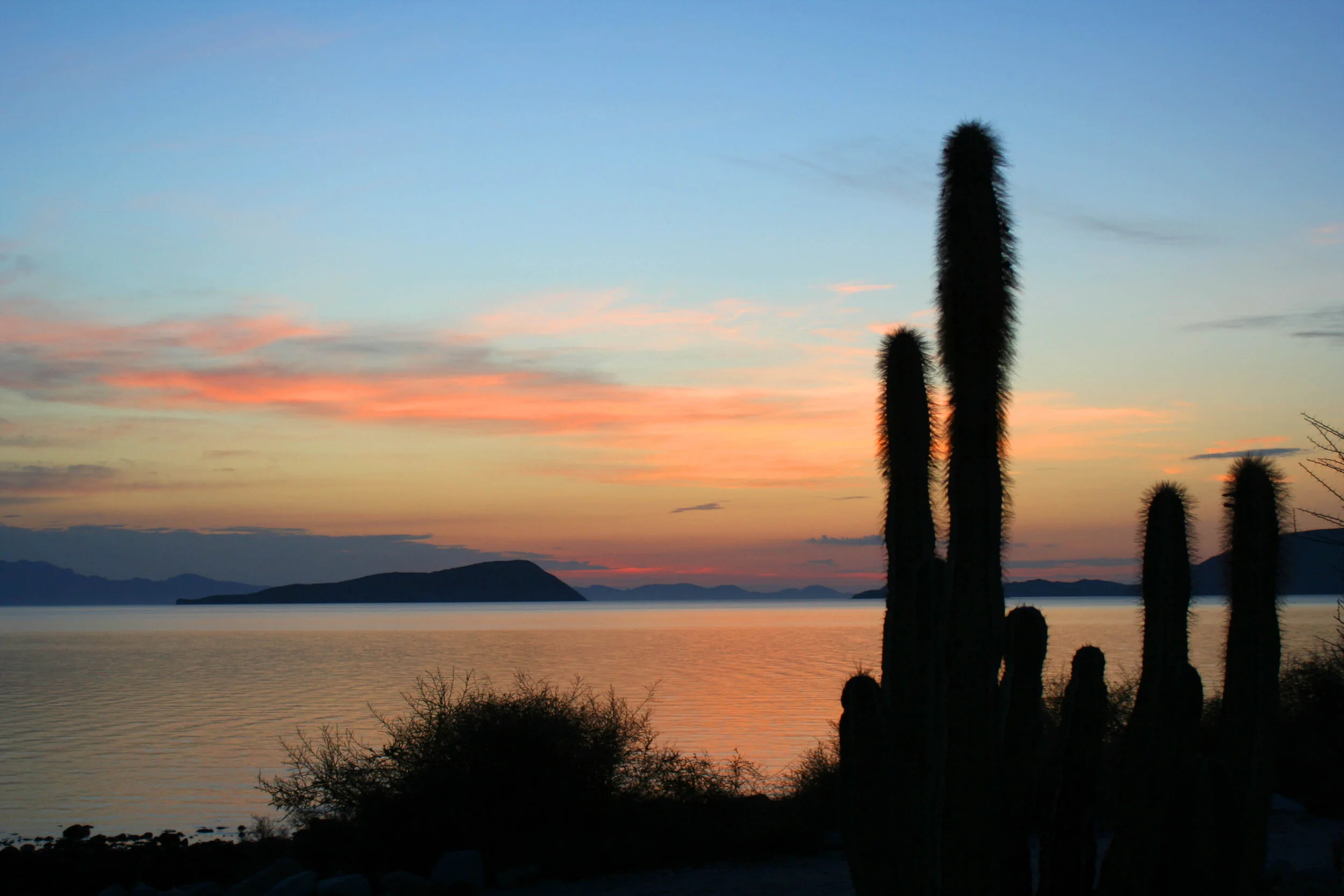Finding the exact location of Goldman Peak began to gnaw at me, the desire growing stronger and stronger. I spent many hours in the library at the University of California at Santa Cruz pouring through historical texts. I came across a book written by Edward William Nelson titled The Natural Resources of Lower California. Nelson found during their expedition that many geographical features were without designations and thought it advisable to propose names for some of them. Many of the names he proposed were after early Baja explorers and missionaries.
Information about Goldman Peak’s exact location appeared to be non-existent. Nelson, who named the peak after his colleague and friend, Uncle Ed, placed the peak on his map at 5,000 feet of elevation on the 28th parallel of latitude, with the Santa Gertrudis Mission just south of the 28th parallel. Nelson wrote in Lower California and its Natural Resources that the map he created and printed in the book “…contains numerous inaccuracies of detail, but it is hoped that it would serve a useful purpose until more careful surveys are made.”
Another source stated briefly that the peak was northeast of the mission ruins and near the 28th parallel of latitude. Furthermore, Peter Masten Dunne wrote the following in Black Robes in Lower California in 1952: “The Giantees, crowned by the three lofty peaks, Las Virgines, thrusts her spurs down to the California sea and terminates in the north at an elevation of 5,000 feet at Goldman Peak” (page 1).
My next move was to turn my attention to today’s maps to see if I could find the peak. I spent hours and hours meticulously studying the dozens of different maps I could get my hands on—road atlases, topographic road maps, pure topographic maps, and satellite maps. I scrutinized them all. A thorough Internet search also did not reveal an exact location of the peak.
A half-day’s research at the United States Geological Survey in Menlo Park, California, turned up some very promising current maps and historical maps. Some had a great deal of detail, while others were shy of useful information. I did find, however, that all of the current maps used Spanish names for the mountain tops, peaks, and mesas in the area surrounding Mission Santa Gertrudis and the 28th parallel of latitude. I also found that Nelson’s map was incorrect, as he placed Mission Santa Gertrudis below the 28th parallel. Its correct location is north of this latitude line.
Names of prominent features in Baja seem to have a unique history. The Baja Peninsula itself has had several names imposed upon it over the years. Francis Drake, the famous English explorer and pirate, landed on the west coast of North America in 1579 and claimed it “sea to sea” for England and called it “New Albion.” “Albion,” which means white, was an old term used to refer to England and her “white cliffs of Dover.” Later, a German Jesuit named Father Scherer and his geographer used the name “Carolina Island” to refer to the peninsula, mistaking it for an island. More recently still, the peninsula was just called “California,” then it was referenced as “Lower California” to differentiate between the southern region and “Alta California” to the north. Now the name Baja, which means “below” in Spanish, is the accepted name for the peninsula.
It wasn’t until I stopped looking for a peak named “Goldman Peak” on maps and attempted to look for Spanish named peaks in the general area roughly northeast of Santa Getrudis Mission that I found what I was looking for. On a map on page 12 of the 2009 edition of the Baja California Almanac, I found a peak at roughly the right elevation just west of the Santa Barbara Ranch and northeast of the mission. The name of the peak is Cerro Cantera Rosa. I believe this to be Goldman Peak.
It is my estimation that the name Goldman Peak has fallen out of use for one of two reasons. First, it was Nelson, a “gringo” that bestowed the name to an “un-named” mountain. The name “Goldman” is also a “gringo” name and may not have been accepted by the people of the region. Nelson took the liberty to name many features during the expedition; he named peaks after Kino, Salvatierra, Junipero Serra, Ugartes, Anthony, Bryant, and Brewster. He also named the Vizcaino Dessert and the Magdelena Plain. Only names with an early explorer’s name or historical meaning seem to have been accepted, i.e. Ugartes, Vizcaino, and Magdelena.
The second reason is that the use of “local” names was in favor. I strongly feel that the local peoples would use a particular name and it would have been passed down from generation to generation. Eventually, that named feature is placed on a map. Cartographers typically use preceding maps when updating or creating new maps. Another abnormality found is multiple names for the same feature. Often different names will be used on different maps. I found this map (http://www.bajaflora.org/GMap/Baja1930.htm), published in 1930, that placed “Sharp Peak” (with an elevation of 5,000 feet) near the location where Goldman Peak is believed to be located, thus continuing the confusion.
Regardless of the details, or lack thereof, we plan to climb Cerro Cantera Rosa, if for no other reason than to claim it as our own Goldman Peak.
- Todd Bruce, Producer, Broken Wagon Films, "The Devil's Road"


















